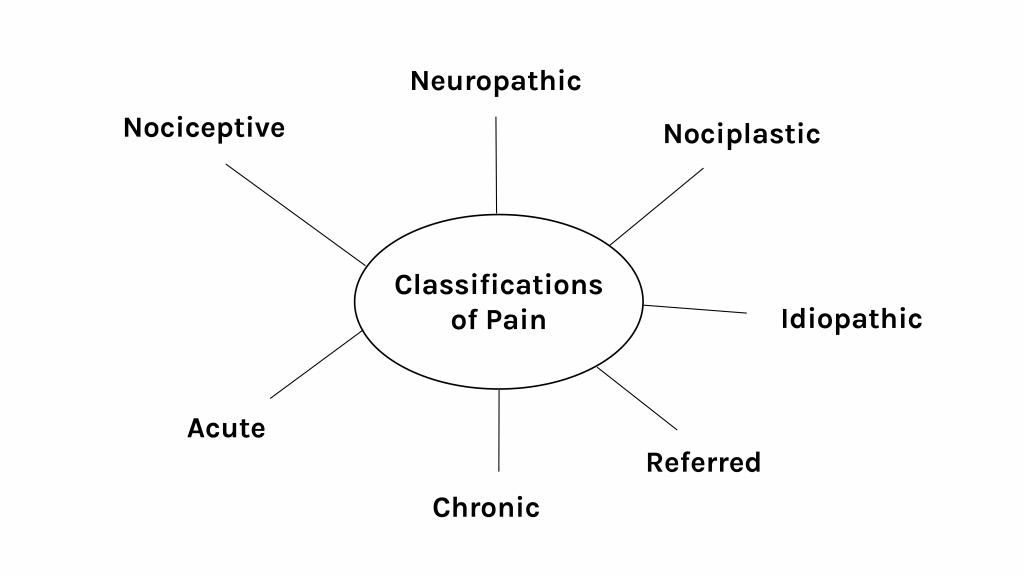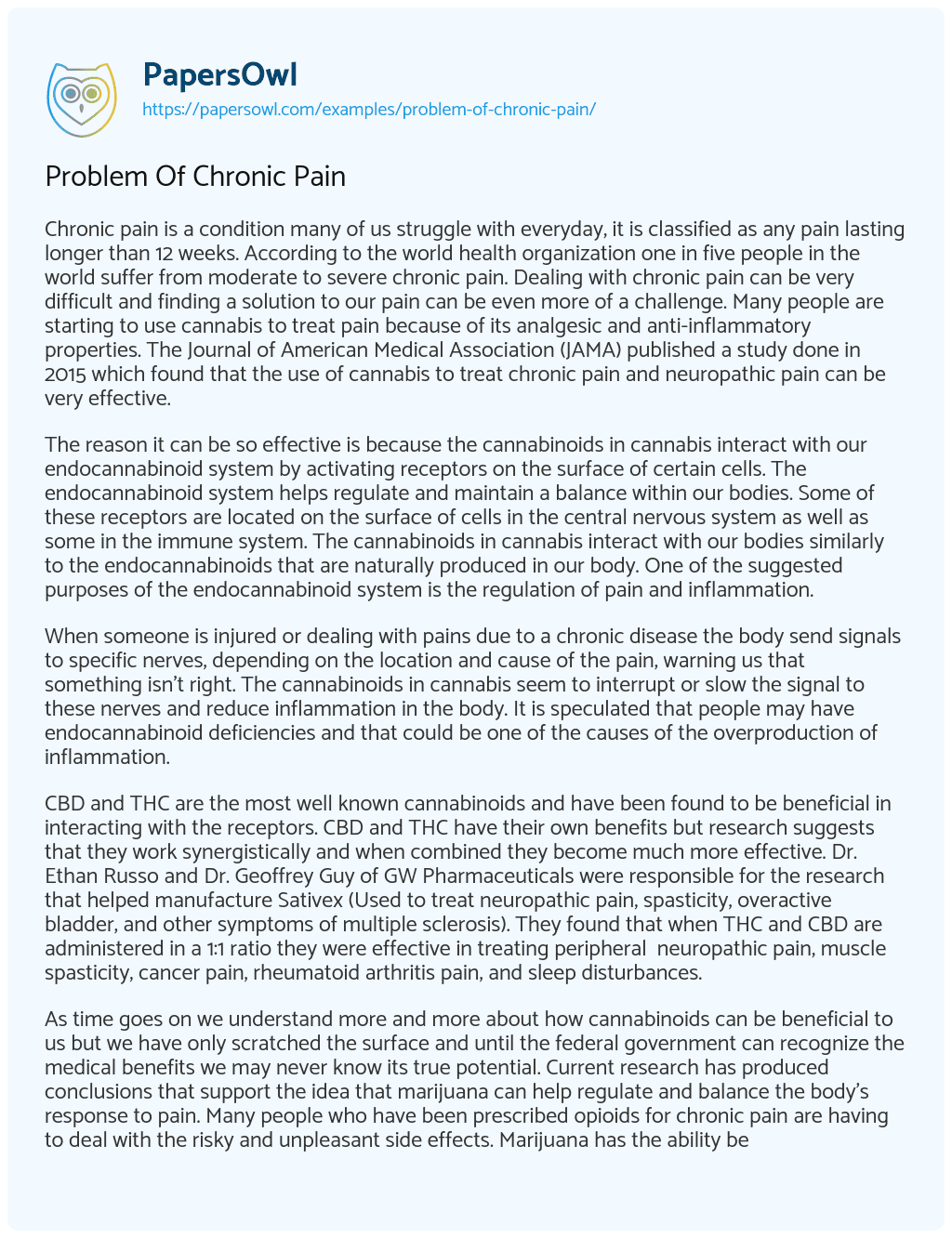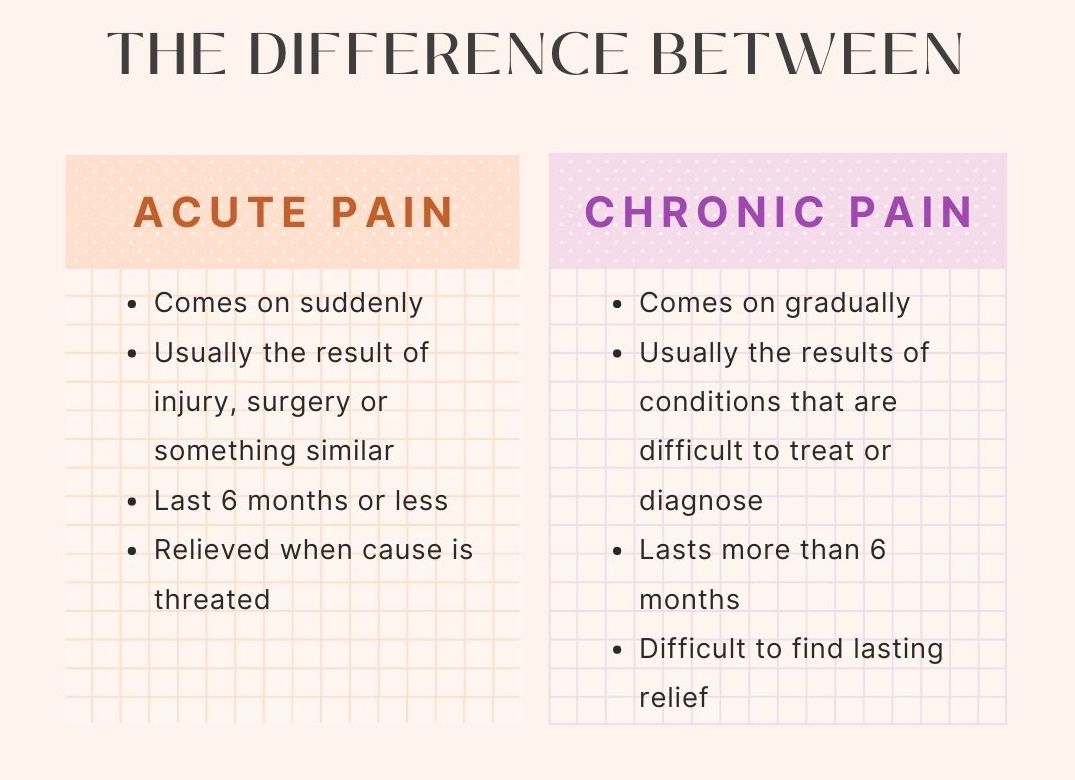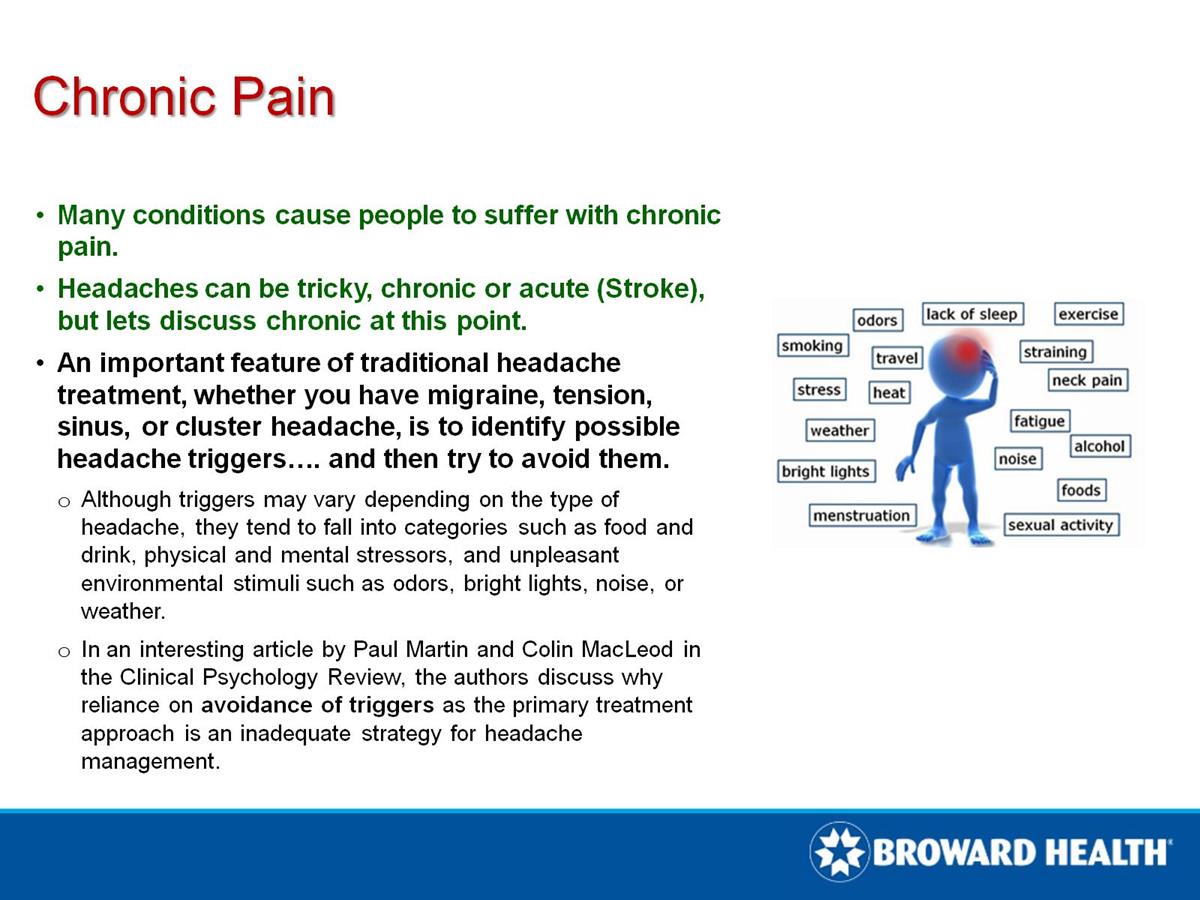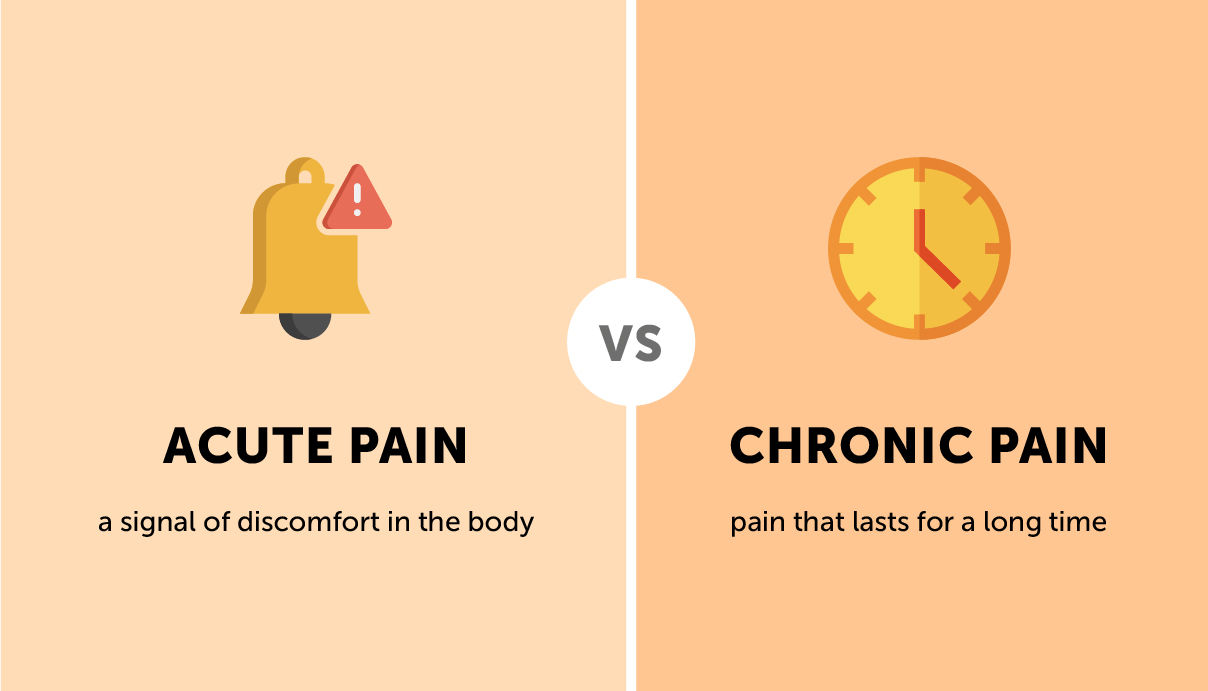Which Of The Following Statements Is True About Chronic Pain

Imagine waking up every day to a symphony of discomfort. A dull ache in your back that never quite fades, a sharp, stabbing pain in your knee with every step, or a persistent burning sensation that seems to have taken up permanent residence in your nerves. This is the reality for millions living with chronic pain, a condition that extends far beyond a fleeting ache or injury.
Chronic pain is a complex and multifaceted condition, and separating fact from fiction is crucial for those seeking relief and understanding. The statement that most accurately reflects the truth about chronic pain is: Chronic pain is a persistent pain that lasts for more than three months and often extends beyond the expected healing time, significantly impacting a person's quality of life.
Understanding the Nuances of Chronic Pain
Chronic pain isn't simply pain that lasts a long time. It's a distinct condition with its own set of characteristics and challenges.
Unlike acute pain, which serves as a warning sign of injury or illness, chronic pain often persists long after the initial cause has resolved. It evolves into a condition of its own, rewiring the nervous system and impacting both physical and mental well-being.
The Defining Characteristics
The hallmark of chronic pain is its duration: more than three months. This prolonged duration is critical because it signals a shift in how the pain is processed by the body.
Acute pain typically diminishes as tissues heal and inflammation subsides. But in chronic pain, the pain signals continue firing even when there's no apparent physical injury.
This persistence has profound effects on a person's ability to function, impacting their daily activities, relationships, and overall sense of self.
Beyond the Physical: The Psychological Impact
Chronic pain is not just a physical ailment; it often intertwines with mental and emotional health. Studies by organizations like the American Psychological Association highlight the strong correlation between chronic pain and conditions such as depression, anxiety, and sleep disturbances.
The constant burden of pain can lead to feelings of frustration, hopelessness, and isolation. This in turn can exacerbate the pain experience, creating a vicious cycle.
Effective management strategies must address both the physical and psychological components of chronic pain to offer truly holistic relief.
Debunking Common Misconceptions
Misconceptions about chronic pain are widespread and can hinder individuals from seeking appropriate care.
One common misconception is that chronic pain is "all in your head". While psychological factors play a role, chronic pain has a genuine physiological basis involving changes in the nervous system and brain.
Another myth is that chronic pain is untreatable. While a complete "cure" may not always be possible, numerous treatment options exist, including medication, physical therapy, psychological therapies, and interventional procedures. The National Institutes of Health has dedicated significant resources to research into innovative treatments for chronic pain, offering hope for improved outcomes.
The Stigma of Chronic Pain
Many people living with chronic pain face skepticism and judgment from others, including healthcare providers. This can lead to feelings of invalidation and further isolation.
The lack of visible symptoms can make it difficult for others to understand the severity of the condition, leading to assumptions that the person is exaggerating or seeking attention.
Breaking down these stigmas is crucial for fostering a more supportive and understanding environment for those living with chronic pain.
Finding Effective Management Strategies
Managing chronic pain is an ongoing process that often requires a multidisciplinary approach.
This may involve a combination of medication, physical therapy, psychological therapies such as cognitive behavioral therapy (CBT), and lifestyle modifications. The Mayo Clinic emphasizes the importance of a tailored treatment plan that addresses the specific needs of each individual.
Alternative therapies, such as acupuncture, massage, and yoga, may also offer relief for some individuals.
Empowering Individuals with Knowledge
Education plays a vital role in empowering individuals with chronic pain to take an active role in their care.
Understanding the underlying mechanisms of pain, the available treatment options, and self-management techniques can significantly improve a person's ability to cope with the condition. Organizations like the American Chronic Pain Association offer resources and support to help individuals navigate the complexities of chronic pain.
Support groups and online communities can provide a sense of connection and shared experience, reducing feelings of isolation and fostering resilience.
The Future of Chronic Pain Research
Research into chronic pain is rapidly evolving, offering hope for new and more effective treatments in the future.
Scientists are exploring novel approaches to pain management, including targeted therapies that address specific pain pathways, regenerative medicine techniques that promote tissue healing, and advanced neuromodulation strategies that alter pain signals in the brain. The National Institute of Neurological Disorders and Stroke (NINDS) is at the forefront of this research.
As our understanding of chronic pain deepens, we can expect to see more personalized and effective treatments emerge, improving the lives of millions affected by this debilitating condition.
Living with chronic pain is undoubtedly challenging. The constant physical discomfort, coupled with the emotional and social toll, can feel overwhelming. However, armed with accurate information, access to appropriate care, and a strong support system, individuals with chronic pain can learn to manage their condition and live fulfilling lives.
Recognizing that chronic pain is a legitimate and complex condition is the first step towards fostering a more compassionate and understanding society. By debunking myths, promoting education, and advocating for research, we can create a brighter future for those living with chronic pain.
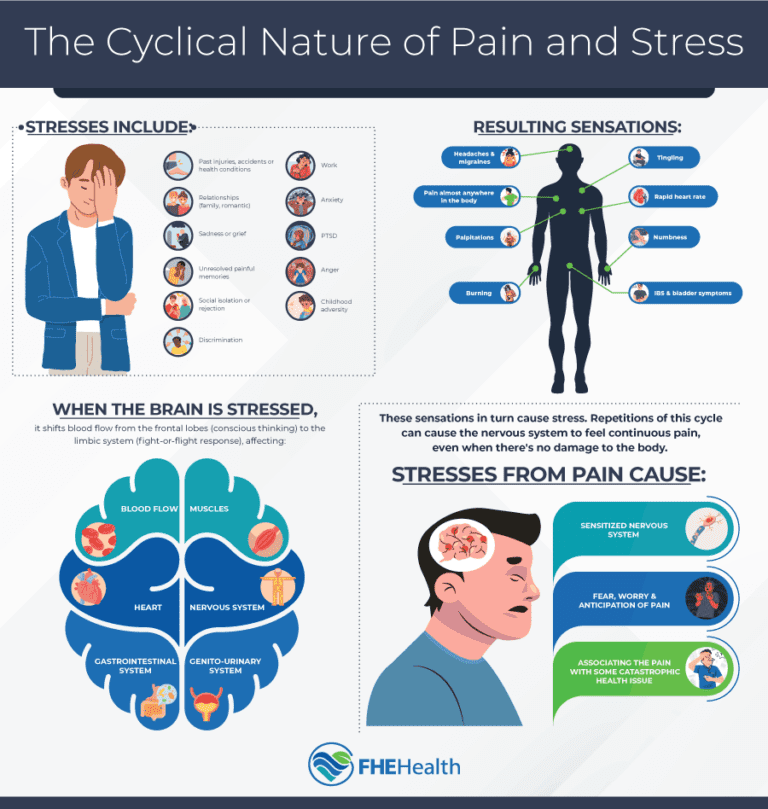
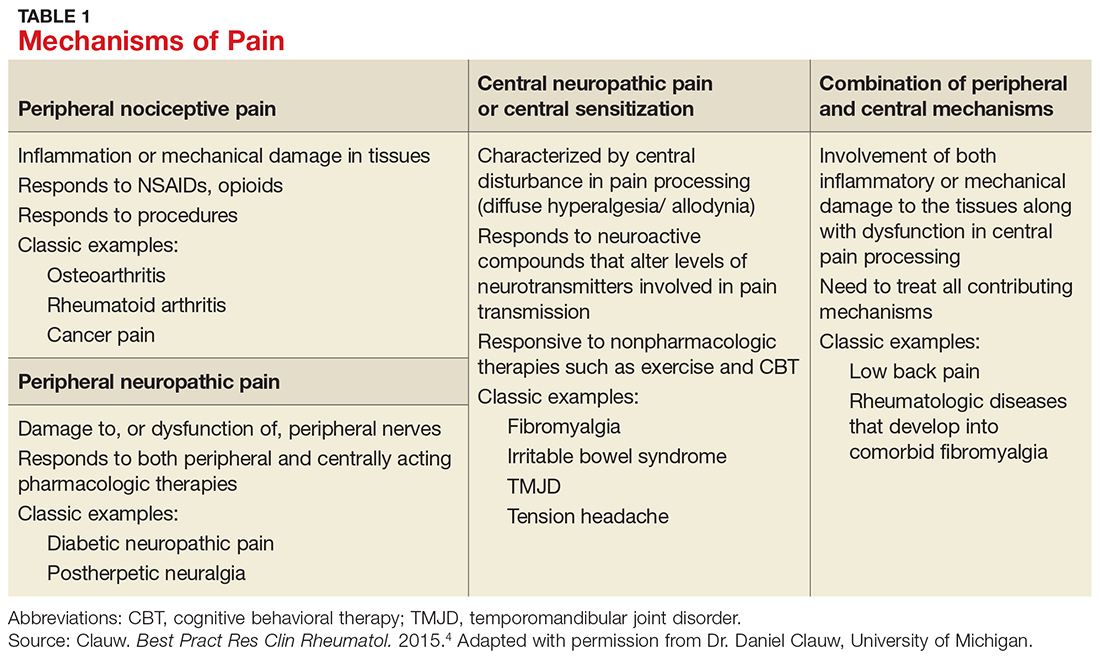



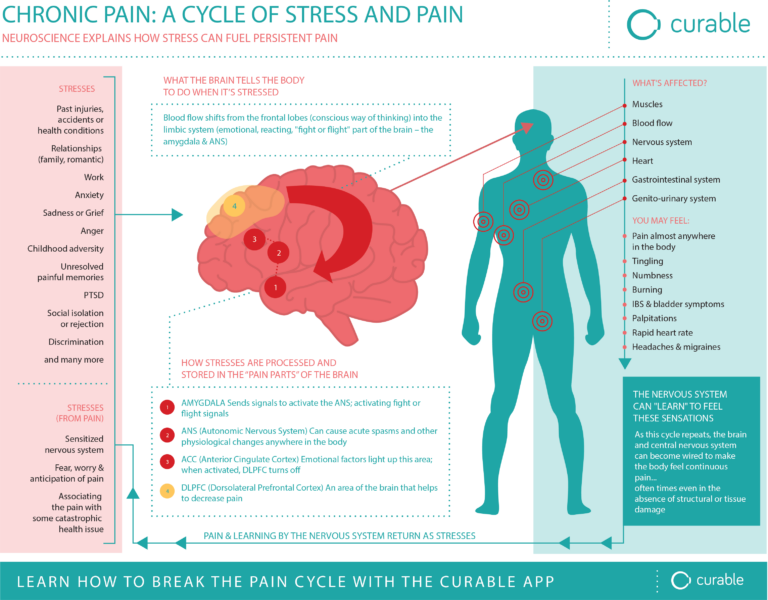
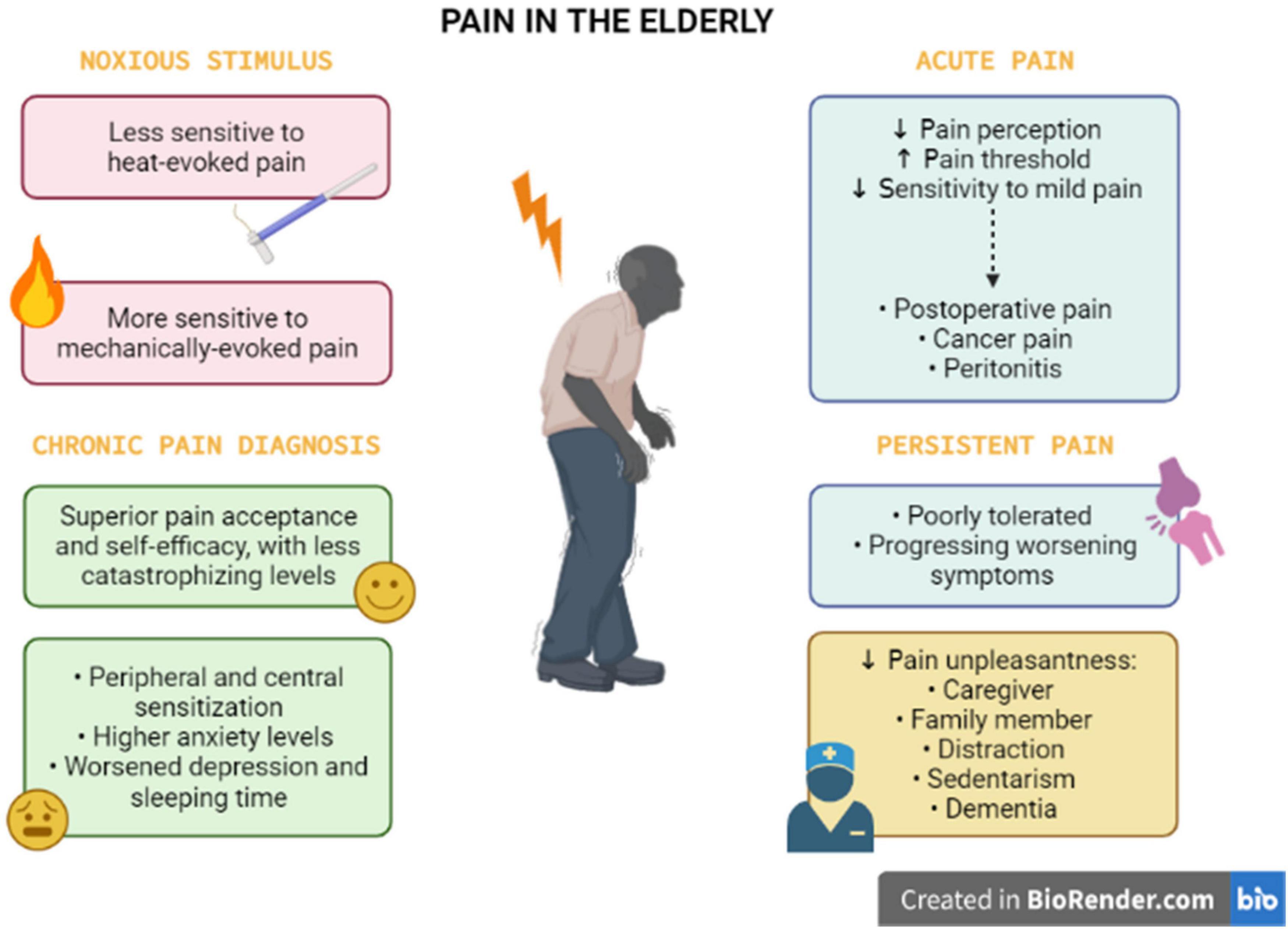



![Which Of The Following Statements Is True About Chronic Pain The Cost of Chronic Pain [Infographic]](http://www.michiganmedicine.org/sites/default/files/styles/wide/public/blog/michigan-med-c-pain-graphic-main-graphic%2520%25283%2529.jpg?itok=NCm485JH)
